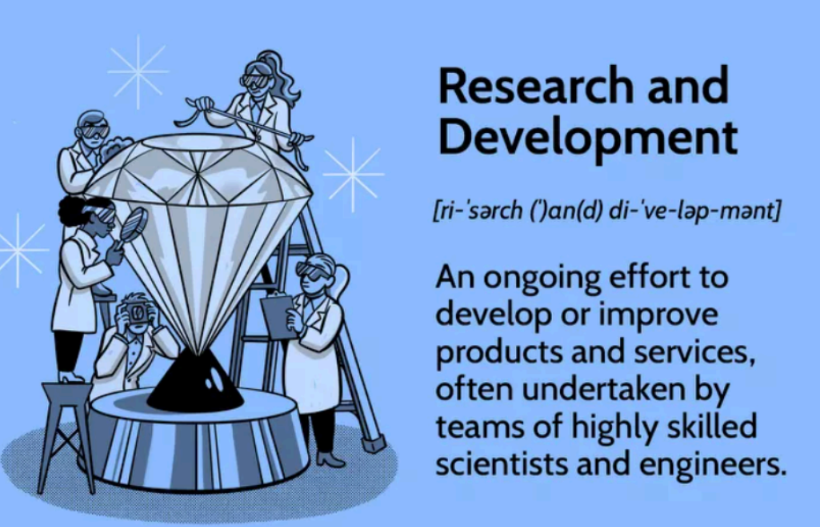Business studies Exam
1/29
There's no tags or description
Looks like no tags are added yet.
Name | Mastery | Learn | Test | Matching | Spaced |
|---|
No study sessions yet.
30 Terms
What are personal factors
Personal factors include individual characteristics such as age, gender, income, education, and lifestyle, influence the purchasing decisions of consumers.
Invention
Is the creation of a product or introduction of a process for the first time.
Innovation
Creating a new good, service or process or significantly improving an existing one
Entrepreneur
Someone or some people who set up a business, and take risks in their fiances in hopes of making a profit.
Competitive advantage
Competitive advantage involves a business having qualities or strategies that provide it with an edge over its competitors.
What is a niche?
A niche refers to the products, services or interests that appeal to a small, specialized section of the population.
Someone will use a niche to associate themselves with an interest, or to target people with the same interest.
Difference between niche and demographic
The difference between a demographic and a niche is a small section of the population where a demographic is a larger and broader group of people (mainly because of personal factors).
Why is it beneficial to target a niche?
It is beneficial to target a niche as it will allow you to create up to date and creative content that promotes the products directly to the needs and desires of a specific customer base.
Difference between innovation and invention
Innovation differs from invention, as invention is the creation of something totally new.
Market opportunity
A situation in which a product or service that is potentially wanted or needed by consumers is identified by a business as not being supplied by rival companies”
What is a SWOT analysis
SWOT analysis is a strategic planning technique used to help a person or organisation identify strengths, weaknesses, opportunities, and threats related to business competition or project planning.
Gap in the market
Creating a product or service that satisfies underrepresented needs is referred to as filling a gap in the market’
Businesses can fulfill a market need by providing a good or service that better satisfies existing customer demand, or by creating a new product that meets customer wants and needs.
Market opportunity - societal change
Shifts in societal attitudes, values, and behaviors change the way people perform certain processes. For example, more and more people are looking for plant-based meat alternatives.
Market opportunity - untapped services
Identifying and targeting an audience that’s not adequately served by current market offerings can be a significant opportunity. This may involve catering to niche markets or specific demographics.
Capital
Capital is the resource or resources that can be used for funding a business, such as cash, machinery, and equipment. Essentially, capital is the ‘money’ used to build, run, or grow a business.
Capital requirements
When thinking about starting a new business, capital requirements refer to the amount of money you need to buy the necessary resources to run your business.
Demographic
Technical innovations - Market opportunities
Can open up new markets and transform existing ones. Companies can then build new products and services to seize these market opportunities. E.g. AI makes it possible to create new content or apps through the use of prompts.
Market opportunities - regulatory interventions
Changes in laws and regulations can create opportunities
for businesses. They include deregulation in certain sectors, new compliance rules that demand innovative solutions, and government incentives for particular business activities.
Research and development
Research and development represents the activities companies
undertake to innovate and introduce new products and services
or to improve their existing offerings.
Examples of R&D might include:
Experimentation
Focus groups
Competitive analysis
Customer feedback
Research data or analytics

Why is Research and development important
It involves a business directing its focus toward improving its products by enhancing its understanding of the product, customer needs surrounding the product, and any potential improvements in the production process.
R&D involves researching your market and your customer needs and developing new and improved products and services to fit these needs.
It can lead to innovation and increased productivity and can boost your business's competitive advantage.
What is a
What is a
What is a
What is a